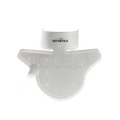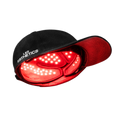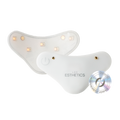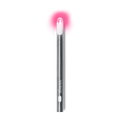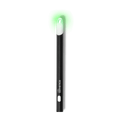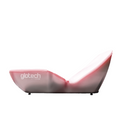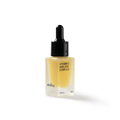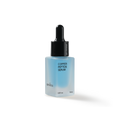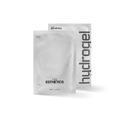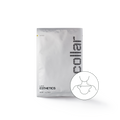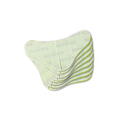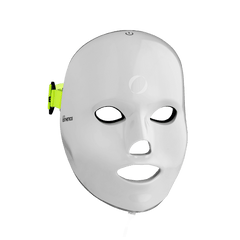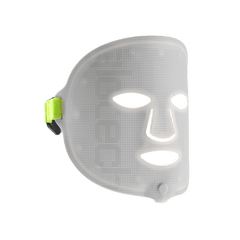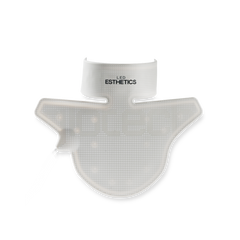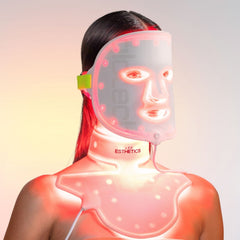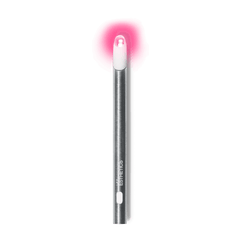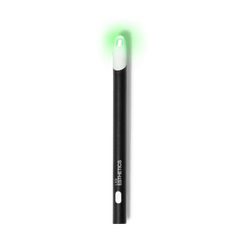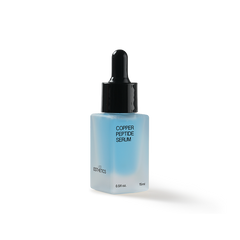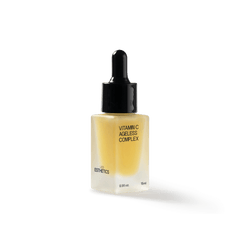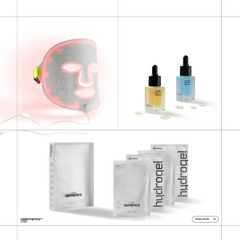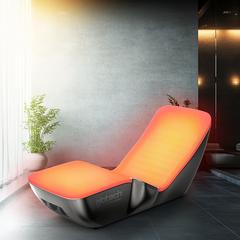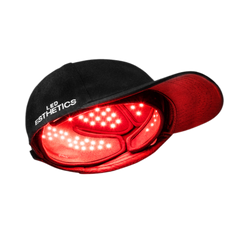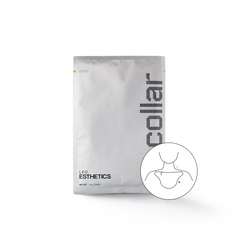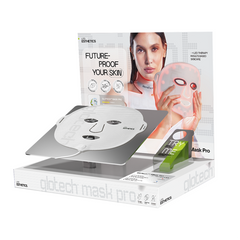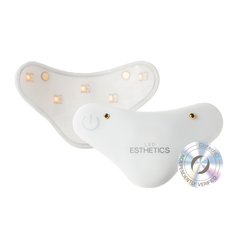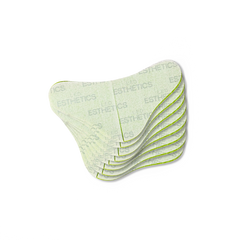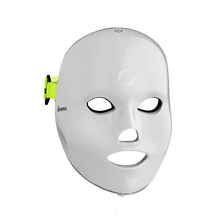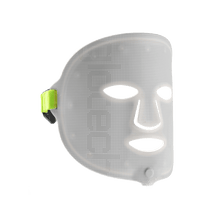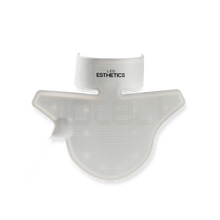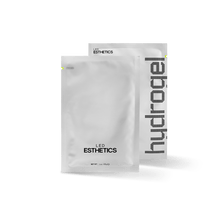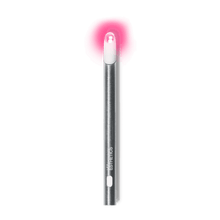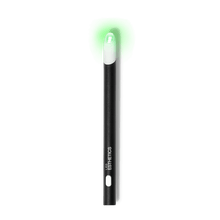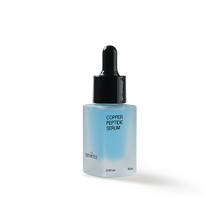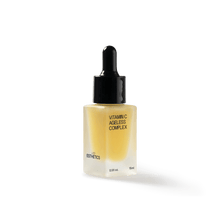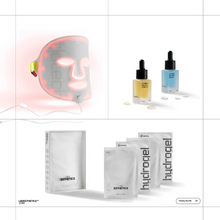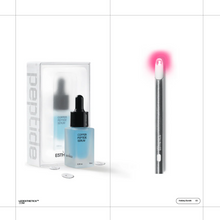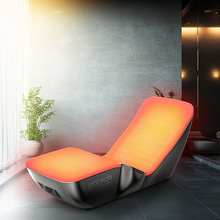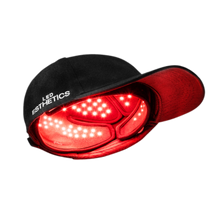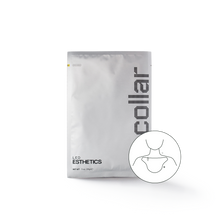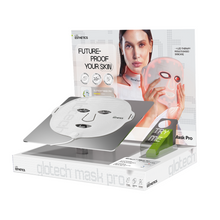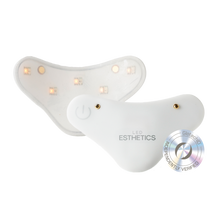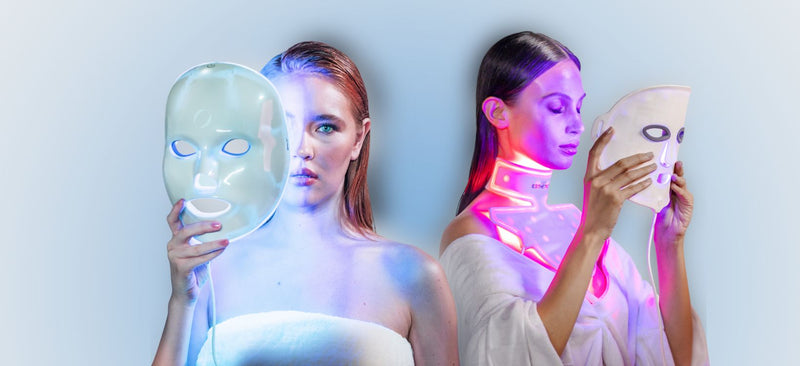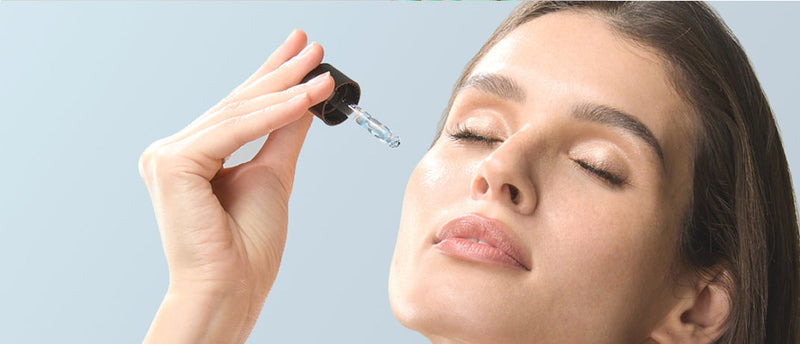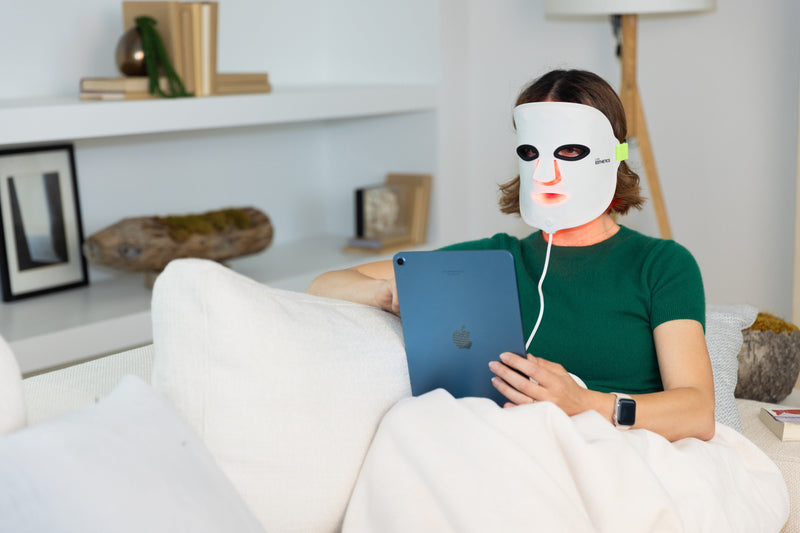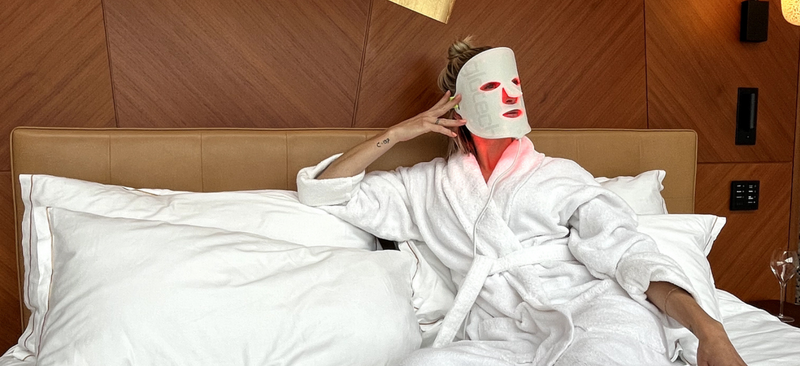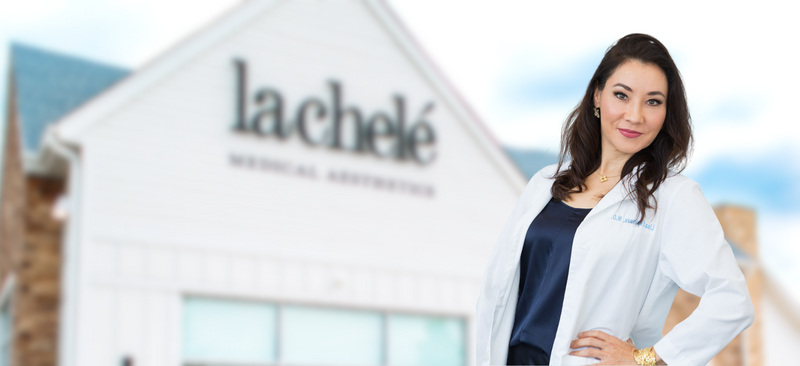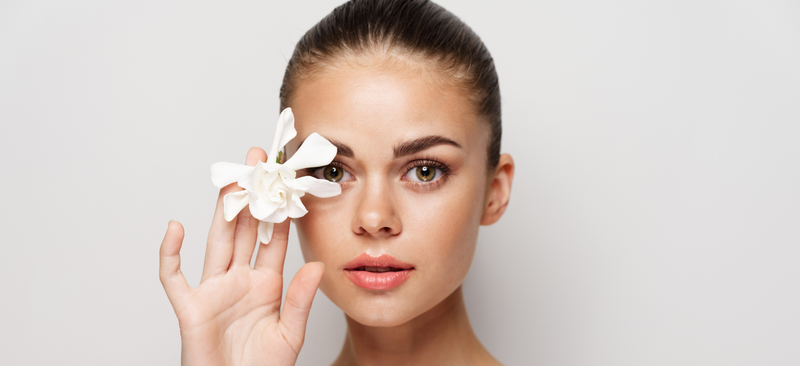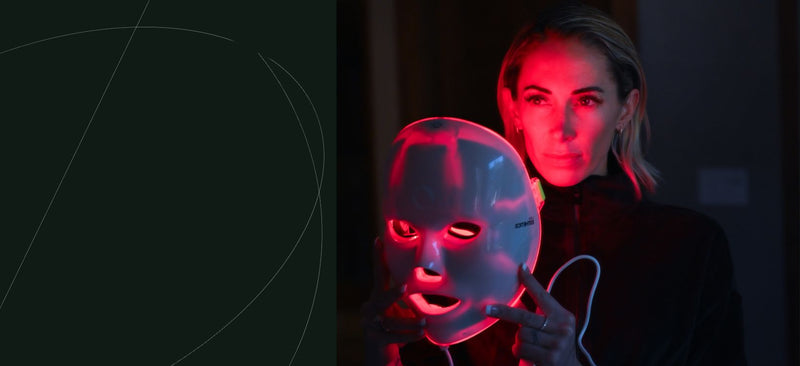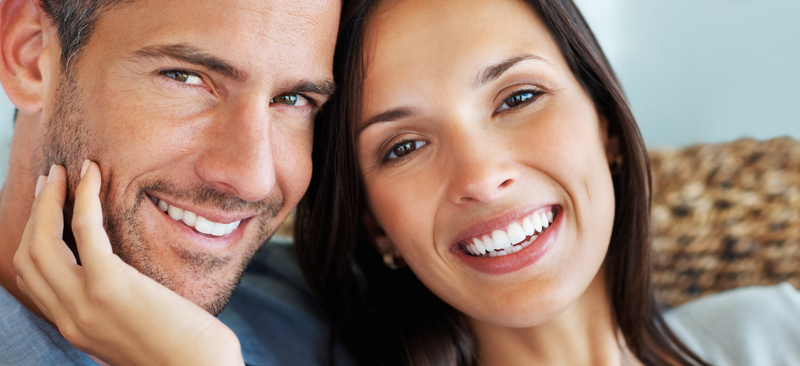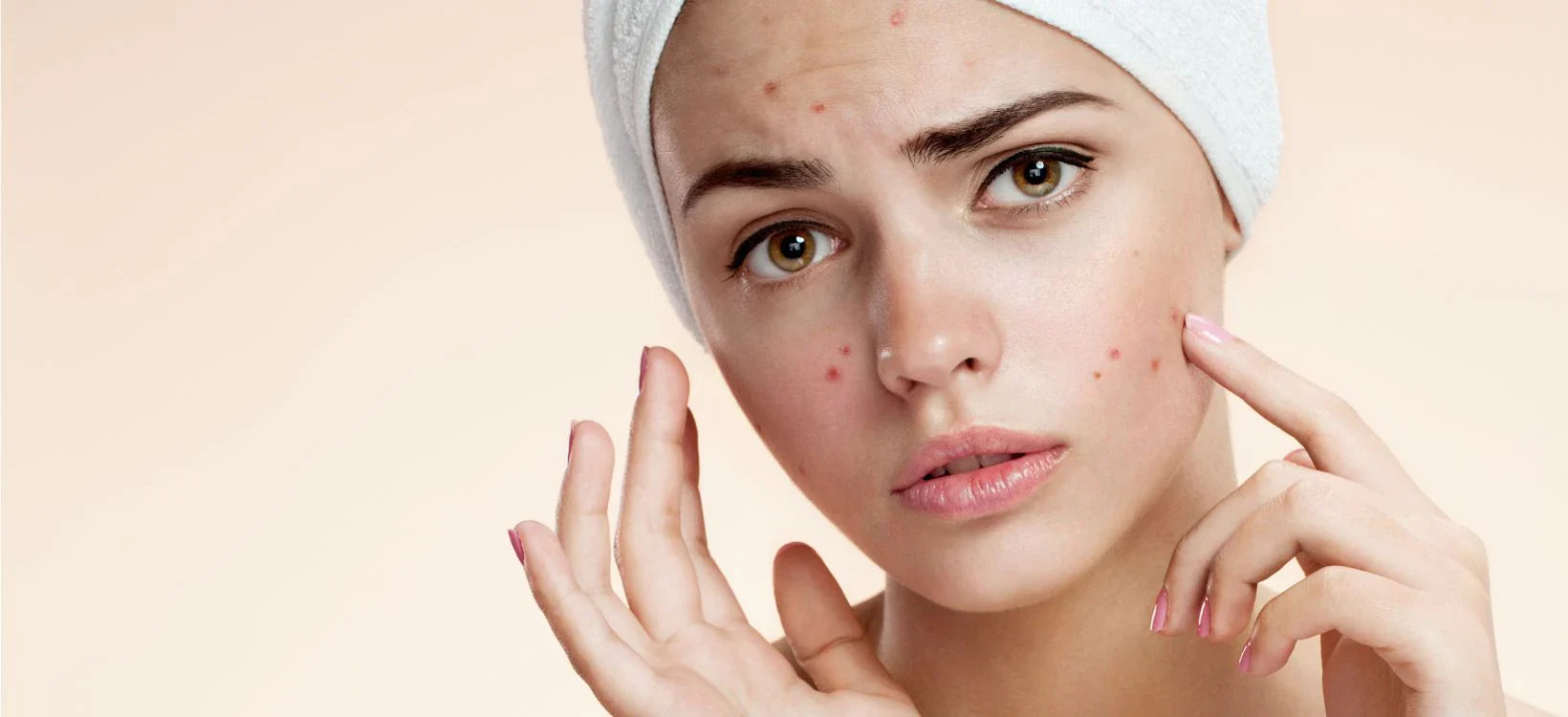
Anyone who has ever dealt with acne, even moderate cases, or even just sporadic breakouts (so, everyone), can probably name the most popular compounds used to treat acne. You have your anti-inflammatory sulfur, antibacterial benzoyl peroxide, and salicylic acid for unclogging pores. You are familiar with the procedure. But more than simply topical products have a place at the table in the fight against breakouts. Dermatologists and estheticians tout LED therapy as a painless alternative choice that is equally as effective.
What is LED Therapy?
.
Technically referred to as light-emitting diode (LED) therapy or phototherapy, this uses artificial light to produce cellular effects on the skin. Before getting into the details, let's take a moment to review some basic scientific concepts and think back to your high school physics class. The electromagnetic spectrum, a kind of energy with a range of wavelengths, includes light. These various wavelengths correspond to the many colors we can see, and when it comes to the skin, these various color wavelengths can trigger intra- and intercellular reactions that provide the skin with a variety of therapeutic advantages.
.
How Light Therapy Works to Treat Acne
.
Given that it contains three distinct modes of action that target breakouts, blue light is widely regarded as the most effective choice available for treating acne.
.
Antibacterial Properties: Blue light causes a chemical reaction that kills the germs responsible for creating acne. This bacteria produces a porphyrin protein, which, when exposed to and absorbing blue light, causes a chemical process that kills the bacteria.
.
Regulates Sebum Production: Second, it controls sebum production, which is important because too much of it can clog pores and contribute to the acne cycle.
.
Improves Inflammation: Finally, blue light also tones down inflammation and redness, a major boon when battling breakouts.
.
All of this adds up to a fantastic and efficient treatment plan for people with sensitive skin who might not be able to tolerate conventional topical medications. Yes, according to the experts we spoke with, using topicals in addition to light treatment is the best course of action. Nevertheless, compared to the widely used topical and oral acne treatments, LED therapies are a fantastic alternative.
.
The one caveat: Not all breakouts are the same, and blue light therapy, in particular, may not be as successful for everyone. Light therapy is typically most beneficial for those with inflammatory acne lesions, or the red, sore bumps and pustules; comedonal acne is probably not a good candidate for light therapy (AKA blackheads and whiteheads).
.
Blue light has received a lot of attention, but it's not the only color that can be beneficial. Red light is frequently combined with blue light to treat acne because it has anti-inflammatory properties as well. Red light may be highly beneficial in treating acne scarring since it speeds up the skin's healing processes and the production of new collagen and elastin. Similarly, green and yellow light can lessen discolored acne scars by balancing melanin, or pigment.
.
How to Use LED Therapy For Acne
.
You can utilize one of the following modalities to use LED therapy, although it is advised that you get expert help. Before attempting this at home, you should at the very least get the go-ahead and advice of a board-certified dermatologist. And as always, if you select an at-home modality, strictly adhere to the directions (otherwise, you risk damage to your skin and even eyes).
- Purchase your Mask & Glo Pro or Mask & Glo 7.0 (if you use another device, make sure it has blue light)
- Set it to the blue light setting
- Use for 10-15 minutes a day, every day
- Enjoy your clear acne-free skin after a week or two
.
The general agreement among dermatologists seems to be repetition, repetition, repetition, regardless of the type of light therapy you select. Since the advantages of light therapy build up over time, consistent exposure to the light for several weeks is necessary for LED treatments to be effective. Blue light therapy is normally administered two to three times a week for four to six weeks, with maintenance sessions every three months after that. However, this can change depending on a number of different conditions.
.
Side Effects
.
The side effects are considered to be very low, if any. While LED therapy is safe for most skin types, a few light-sensitive conditions, such as melasma, which LED light can exacerbate, are rare conditions that can make your eyes sensitive to particular wavelengths and underscores the importance of proper eye protection during LED treatments.And if you're going to be trying an at-home LED device, run it—and your current topical skin care plan—by your dermatologist first, since some ingredients may make your skin too sensitive for these treatments. You'll also want to check with your OB GYN before using these if you're pregnant.
.
The Takeaway
.
LED therapy is generally safe and effective as an acne treatment for most skin types, with a few caveats. There are In-clinic treatments with a dermatologist or esthetician and there are at-home masks or portable LED therapy pens - keep in mind that you’ll need to practice LED therapy a few times a week to see changes, as derms not that results are from cumulative use. If you are using at-home devices, follow the directions that come with it explicitly, as excessive or improper use can damage your skin and eyes.
.



